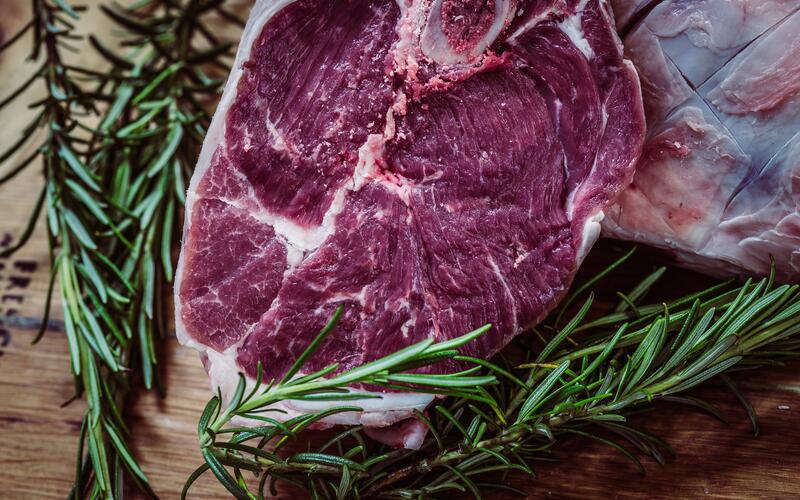Alternative proteins: the future of sustainable consumption?

Alternative proteins: the future of sustainable consumption?
While meat alternatives are gaining popularity, not all offer the same sustainability gains. In fact, the general perception of their environmental benefits may be skewed by the technological sophistication of their production. Awareness of these factors can positively influence the public to make more sustainable food choices.
van der Weele, C., Feindt, P., van der Goot, A. J., van Mierlo, B., & van Boekel, M. (2019). Meat alternatives: an integrative comparison. Trends in Food Science & Technology, 88, 505-512.
Meat production and consumption are among the leading contributors of global warming. Their massive carbon footprint, which accounts for 14.5 percent of total greenhouse gas emissions has been studied extensively. Researchers have concluded that we need to shift towards a cleaner and greener diet for the health of the planet. Such a diet will also address public health and animal welfare issues that have already prompted consumer shifts towards non-meat dietary preferences. Consumers are now paying more attention to novel protein sources such as meat proxies (i.e. cultured meat, plant-based meat alternatives etc.), insects, and novel protein sources like algae. Transitioning to non-meat protein sources, however, requires an understanding of their potential sustainability benefits and the social-institutional changes needed for large-scale production.
To learn more about the relative benefits of different meat alternatives, Dr. Cor van der Weele and colleagues from Wageningen University in the Netherlands, compared the potential development pathways for the large-scale production of meat alternatives. The study included cultured meat, plant-based meat, algae, insects, and pulses (a type of legume). The findings, published in April 2019 in Trends in Food Science and Technology, identified the technological, economic, ecological, social, and organizational pre-conditions and implications associated with the large-scale production of these meat alternatives. It also highlighted the potential gains in environmental sustainability from each of these alternative protein sources.
The researchers found that of the five alternatives, the more novel and high-tech options tended to receive more attention. Plant-based meat alternatives are growing rapidly in niche markets and are slowly gaining acceptance all over. Cultured meat (meat grown in laboratories) and algae are more conspicuous because they are perceived as highly technologically innovative, while insects and cultured meat represent cultural novelty. These factors also correlate with higher investment from venture capitalists and agro-food companies in the development and scale up of these foods, leading to increased interest from the public. On the other hand, well-established protein sources like pulses, with their lack of novelty from a technological or cultural standpoint, have a negative reputation as “poor-people’s meat” and their consumption rates are declining steadily. Their major supporters included food activists and local producers who struggle to engage public interest for these foods.
On the sustainability front, meat alternatives with the highest transformation and processing needs had potentially lower and uncertain sustainability gains due to the inefficiencies in resource-use. Pulses however, with their low industrial processing, hardly need any processing and had the highest sustainability gains among the five meat alternatives.
Thus, it is important to ensure that the most sustainable existing meat alternative – pulses – do not continue to suffer from relative neglect in public attention in comparison to resource- intensive meat alternatives. This requires challenging the dominant pattern of meat consumption through a conscious cultural shift. It also requires framing the problem of sustainability differently: the heavy focus on technological innovation to ensure sustainability needs to be challenged. This will ensure that resource-inefficient meat alternatives will not have an unfair advantage over truly sustainable alternatives. Consumers must use this knowledge to consciously choose foods that are truly sustainable rather than falling for creative marketing campaigns that may distort the truth about sustainable foods.




